
Humpty Dumpty, the nursery rhyme character that we all know, is often depicted as an egg. However, many people believe that he is not actually an egg. In this article, we will explore the origins of the Humpty Dumpty character and the reasons why people believe he is not an egg.
The Origins of Humpty Dumpty

The origins of the Humpty Dumpty character are unclear. Some believe that he was a cannon used during the English Civil War in the 17th century. Others believe that he was a person who fell off a wall during the same period. Regardless of his origins, the character has become a popular figure in nursery rhymes and children's literature.
Why Is Humpty Dumpty Depicted as an Egg?
The reason why Humpty Dumpty is often depicted as an egg is unclear. Some believe that it is because of the shape of a cannonball, which is similar to an egg. Others believe that it is because of the rhyme's lyrics, which mention that Humpty Dumpty had a great fall and was unable to be put back together again. This could be interpreted as the breaking of an egg.
Why Do People Believe That Humpty Dumpty Is Not an Egg?

Despite being commonly depicted as an egg, many people believe that Humpty Dumpty is not actually an egg. One argument is that the nursery rhyme never actually mentions that he is an egg. In fact, the character is never described in detail. Another argument is that the rhyme was originally a riddle, and the answer to the riddle was not an egg.
Other Interpretations of Humpty Dumpty
There are many other interpretations of the Humpty Dumpty character. Some believe that he represents King Richard III, who was defeated in battle and died in a humiliating way. Others believe that he represents the downfall of the Stuart monarchy. Regardless of the interpretation, Humpty Dumpty remains a popular and beloved figure in nursery rhymes and children's literature.
The Importance of Nursery Rhymes

Nursery rhymes like Humpty Dumpty are an important part of childhood. They help children develop language skills, memory, and social skills. Nursery rhymes also have a rich history and cultural significance, often reflecting the beliefs and values of their time.
Conclusion
In conclusion, Humpty Dumpty is a beloved character in nursery rhymes and children's literature. While he is often depicted as an egg, there is no clear evidence that he is actually an egg. Regardless of his origins or physical form, Humpty Dumpty remains an important part of childhood and a symbol of the rich history and cultural significance of nursery rhymes.
Related video of Humpty Dumpty Is Not An Egg

Humpty Dumpty is a well-known nursery rhyme character that has been passed down from generation to generation. The rhyme tells the story of an egg-shaped character who sat on a wall, only to have a great fall. The origins of Humpty Dumpty are not entirely clear, but there are several theories about where the character came from and what the rhyme means.
The Origins of Humpty Dumpty

One theory about the origins of Humpty Dumpty is that he was a cannon used during the English Civil War. The cannon, which was mounted on a wall, was damaged during battle and fell to the ground, where it shattered into pieces. Another theory suggests that Humpty Dumpty was a nickname for King Richard III, who was depicted as a hunchbacked character in some historical texts.
The Meaning of Humpty Dumpty

There are several interpretations of the meaning behind the Humpty Dumpty rhyme. Some believe that it is a cautionary tale about the dangers of being too proud or overconfident. Others see it as a metaphor for the fragility of life and the inevitability of death. Still, others believe that it is simply a fun and silly rhyme that children enjoy reciting.
The Popularity of Humpty Dumpty

Despite its origins and meaning remaining unclear, the Humpty Dumpty rhyme has remained a popular children's nursery rhyme for centuries. The rhyme has been featured in countless books, television shows, and movies, and is often used as a teaching tool for young children learning to read and recite rhymes.
Humpty Dumpty in Popular Culture

Humpty Dumpty has also made appearances in popular culture beyond nursery rhymes. He is a recurring character in the Shrek movie franchise, where he is portrayed as a suave and sophisticated criminal mastermind. Humpty Dumpty has also been the inspiration for several songs, including a hit single by the British band The Hollies.
The Legacy of Humpty Dumpty

Despite the many interpretations and adaptations of the Humpty Dumpty rhyme, one thing remains clear: the character has endured for centuries and will likely continue to be a beloved figure in popular culture for many more years to come. Whether he is seen as a cautionary tale, a metaphor for life and death, or simply a fun and silly rhyme, Humpty Dumpty has captured the imaginations of generations of children and adults alike.
In Conclusion
The story of Humpty Dumpty and his great fall is one that has been told and retold for centuries. While the origins and meaning of the rhyme remain a mystery, the character has become a beloved figure in popular culture and a staple of children's literature. Whether he is seen as a cautionary tale or simply a fun and silly rhyme, Humpty Dumpty is sure to remain a part of our culture for many years to come.
Related video of Humpty Dumpty Had A Great Fall

Daft Punk, the iconic French electronic music duo, were known for their enigmatic and futuristic personas, often appearing in public dressed as robots. The duo, made up of Thomas Bangalter and Guy-Manuel de Homem-Christo, formed in 1993 and quickly rose to fame with their unique blend of house, techno, and funk music.
Their Origins
Bangalter and de Homem-Christo met in school in Paris and bonded over their shared love of music. They began making music together as teenagers and eventually formed Daft Punk in 1993. Their first single, "The New Wave," was released in 1994 and quickly gained popularity in the French underground music scene.
Their Rise to Fame
Daft Punk's debut album, "Homework," was released in 1997 and became a massive commercial success, selling over two million copies worldwide. The album's hit singles, "Da Funk" and "Around the World," helped solidify the duo's place in the electronic music scene.
They followed up "Homework" with several more successful albums, including "Discovery" and "Random Access Memories." Their music was heavily influenced by disco and funk, and they often incorporated live instrumentation into their songs, a departure from the purely electronic music that was popular at the time.
Their Iconic Look
One of the most memorable things about Daft Punk was their iconic robot costumes. The helmets were designed by Bangalter and were inspired by the robots in the classic sci-fi film "Tron." The duo rarely appeared in public without their helmets, adding to their air of mystery.
Their Influence

Daft Punk's influence on electronic music cannot be overstated. They helped bring electronic music into the mainstream, paving the way for artists like The Chemical Brothers, Justice, and Deadmau5. Their use of live instrumentation also inspired a new generation of electronic musicians to incorporate more traditional instruments into their music.
Their Legacy

After 28 years together, Daft Punk announced their breakup in February 2021 with a video titled "Epilogue." The duo remained notoriously private throughout their career, rarely giving interviews or appearing in public without their helmets. Their music and iconic look have left an indelible mark on music and pop culture, and they will undoubtedly be remembered as one of the most influential electronic music acts of all time.
Conclusion
Daft Punk's music and image were truly one-of-a-kind, and they will be missed by fans all over the world. Their legacy will continue to influence electronic music for years to come, and their robot personas will remain an iconic symbol of the genre. We can only hope that Bangalter and de Homem-Christo will continue to make music in some form, even if they're no longer wearing their iconic helmets.
Related video of Human Robot Daft Punk
Have you ever wondered what your body temperature is in Kelvin? The human body temperature is usually measured in Celsius or Fahrenheit, but the Kelvin scale is also used in certain scientific applications. In this article, we will explore the human body temperature in Kelvin and its significance.
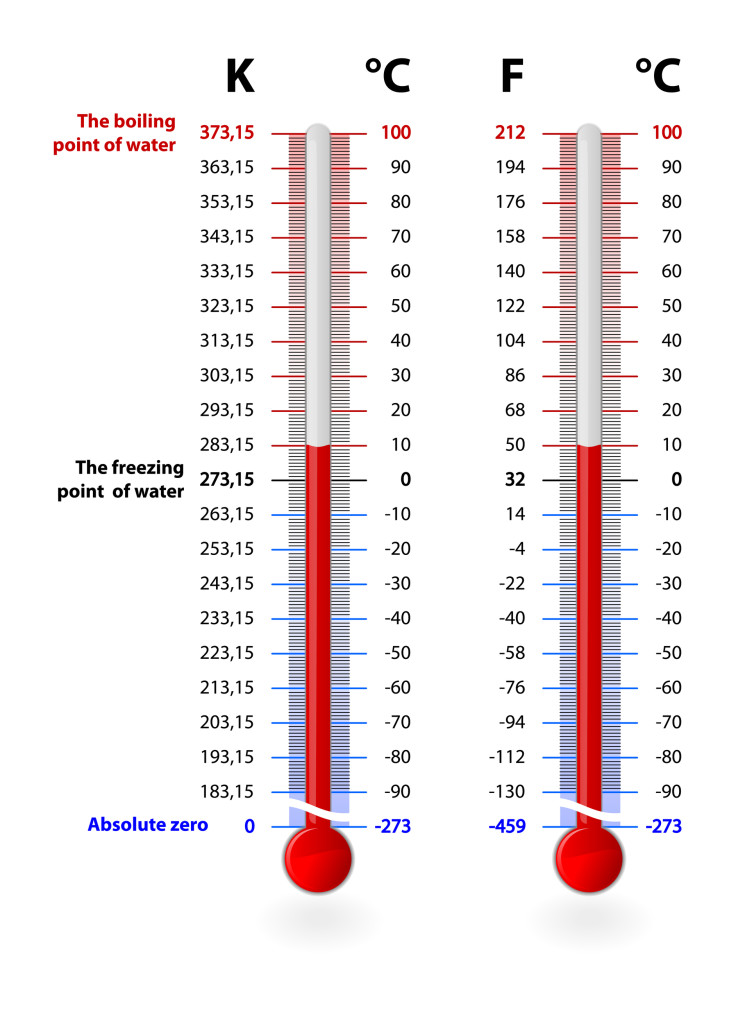
What is Kelvin Scale?
The Kelvin scale is a temperature scale that starts at absolute zero, which is the point at which all matter stops moving. It is named after the famous physicist, Lord Kelvin, who proposed the concept of an absolute temperature scale in the 19th century. The Kelvin scale is also known as the absolute temperature scale, as it is the only temperature scale that does not have negative values.
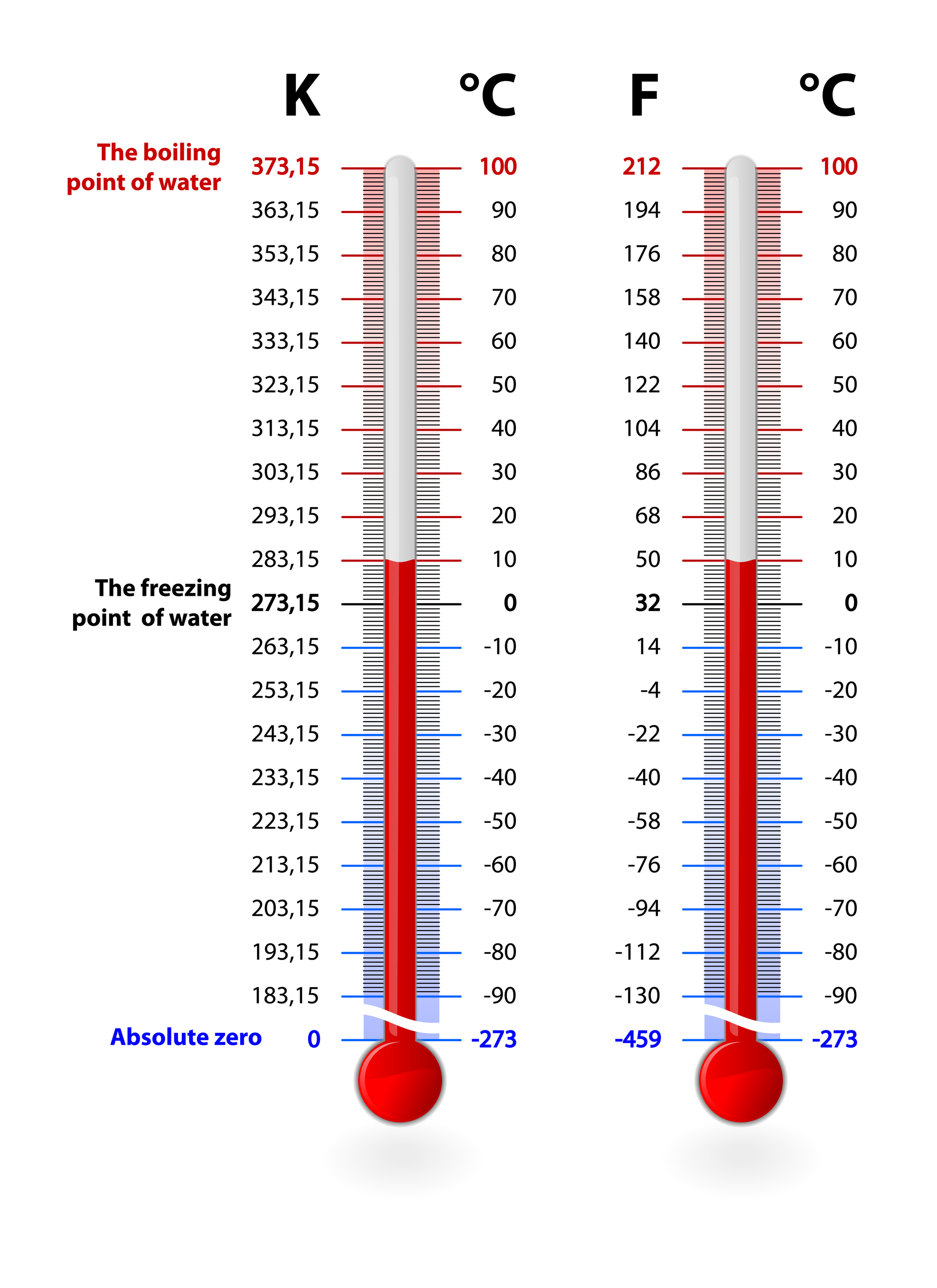
Normal Human Body Temperature
The normal human body temperature is around 36.5-37.5 degrees Celsius or 97.7-99.5 degrees Fahrenheit. However, these values can vary slightly depending on the individual, time of day, and other factors. In Kelvin, the normal human body temperature is around 309.6-310.6 K.

Why Use Kelvin Scale?
The Kelvin scale is often used in scientific applications because it is an absolute scale, meaning that it has a clear reference point. This makes it easier to compare and measure temperatures accurately, as there is no room for error or confusion. The Kelvin scale is also used in certain medical procedures, such as measuring body temperature during surgery.
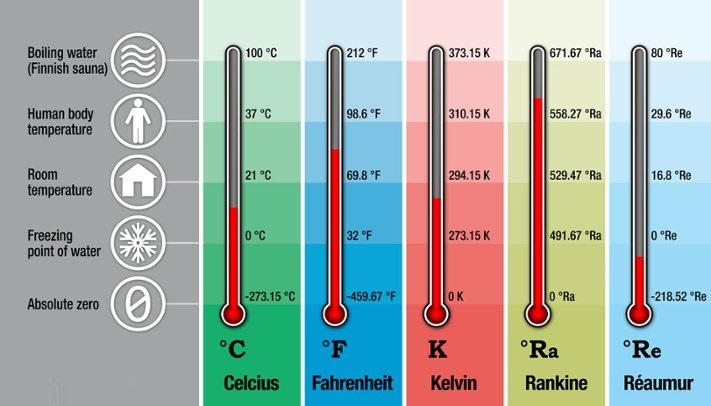
Fever and Hypothermia
Fever is a common symptom of many illnesses, and it is an indication that the body is fighting an infection or illness. A fever is usually defined as a body temperature of 38 degrees Celsius or higher, which is around 311 K in Kelvin. Hypothermia, on the other hand, is a condition where the body temperature drops below normal, usually around 35 degrees Celsius or lower, which is around 308 K in Kelvin.
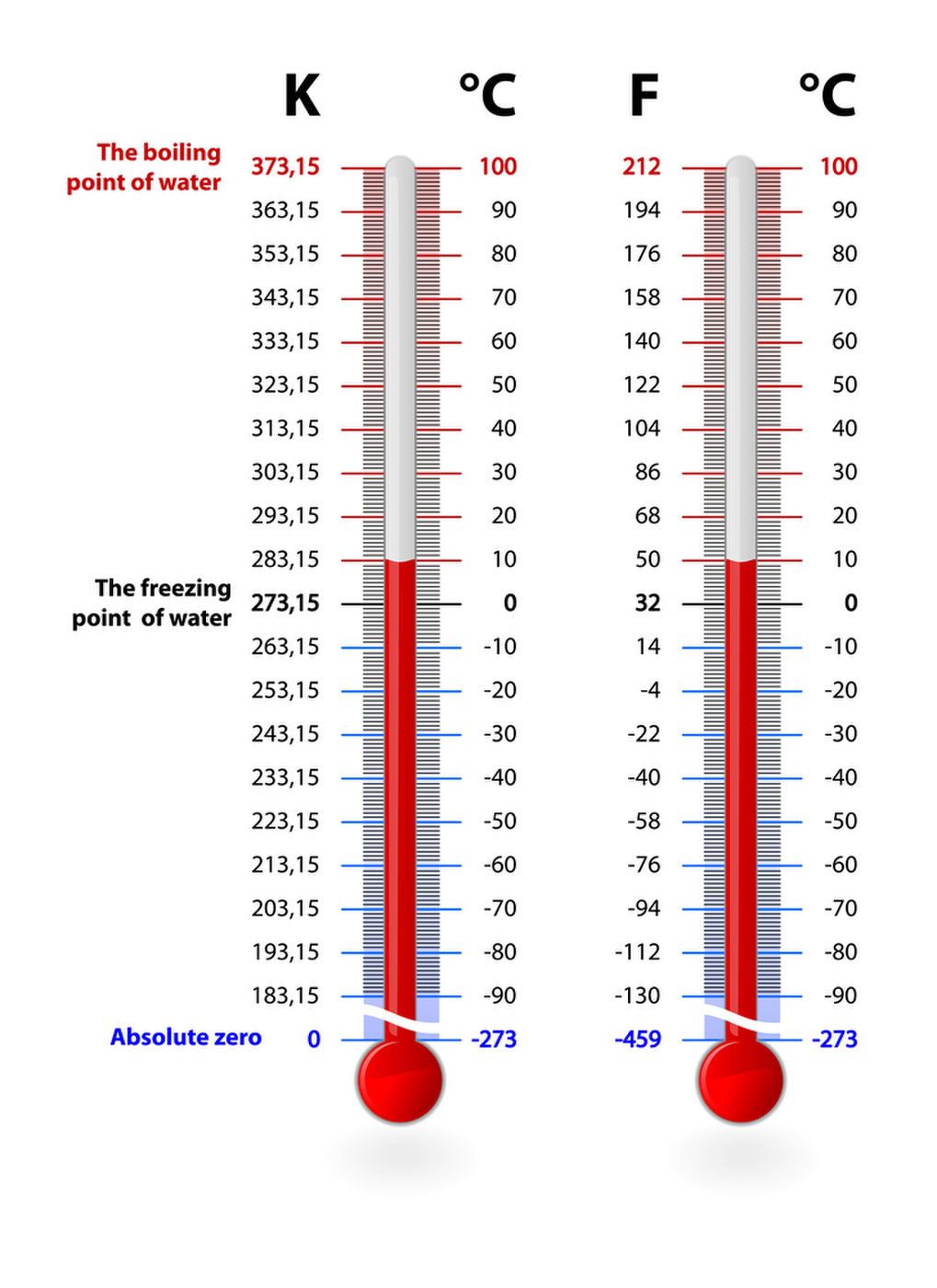
Body Temperature and Exercise
During exercise, the body temperature can increase significantly, and this is perfectly normal. The body uses sweat to regulate its temperature and cool down, but in some cases, the body may overheat, leading to heat exhaustion or heat stroke. It is important to stay hydrated and take breaks during exercise to avoid overheating.

Conclusion
The human body temperature in Kelvin is around 309.6-310.6 K, which is slightly higher than room temperature. The Kelvin scale is often used in scientific applications because it is an absolute scale, making it easier to compare and measure temperatures accurately. Understanding the human body temperature in Kelvin can be useful in certain medical procedures and scientific research.
Related video of Human Body Temperature Kelvin Scale

Sending a hug text message symbol is a great way to show someone that you care about them. In today's digital age, it's easy to send a text message, but sometimes words just aren't enough to express your feelings. That's where hug text message symbols come in. They're a simple yet effective way to convey your affection and show someone that you're thinking of them.
What are Hug Text Message Symbols?

Hug text message symbols are keyboard characters that represent a hug. They can be used in text messages, emails, and social media posts. These symbols are often used to express affection, comfort, and support. There are many different hug text message symbols, each with their own unique meaning.
Types of Hug Text Message Symbols

There are many different types of hug text message symbols, each with their own unique meaning. Some of the most popular hug text message symbols include:
- (((Hug)))
- (*Hug*)
- ({H})
- ({*})
- (H)
- {Hug}
These symbols can be used in a variety of ways. For example, you can use them to express affection to a friend, comfort a loved one, or show support to someone who is going through a tough time.
How to Use Hug Text Message Symbols
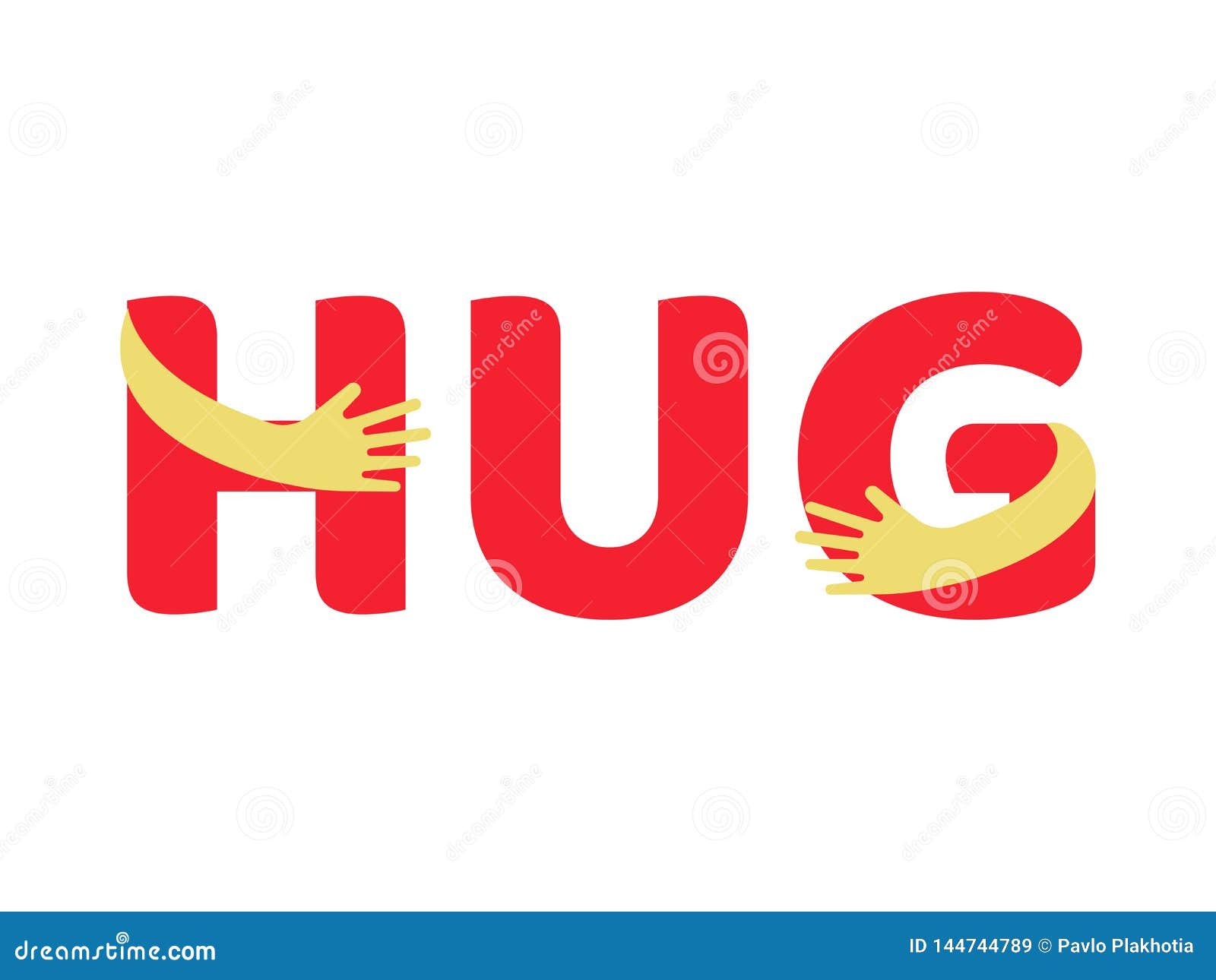
Using hug text message symbols is easy. All you need to do is type the symbol into your text message, email, or social media post. You can also copy and paste the symbol from a website or a text message.
It's important to remember that not everyone is familiar with hug text message symbols. If you're sending a hug symbol to someone who isn't familiar with them, it's a good idea to explain what the symbol means.
The Benefits of Sending Hug Text Message Symbols
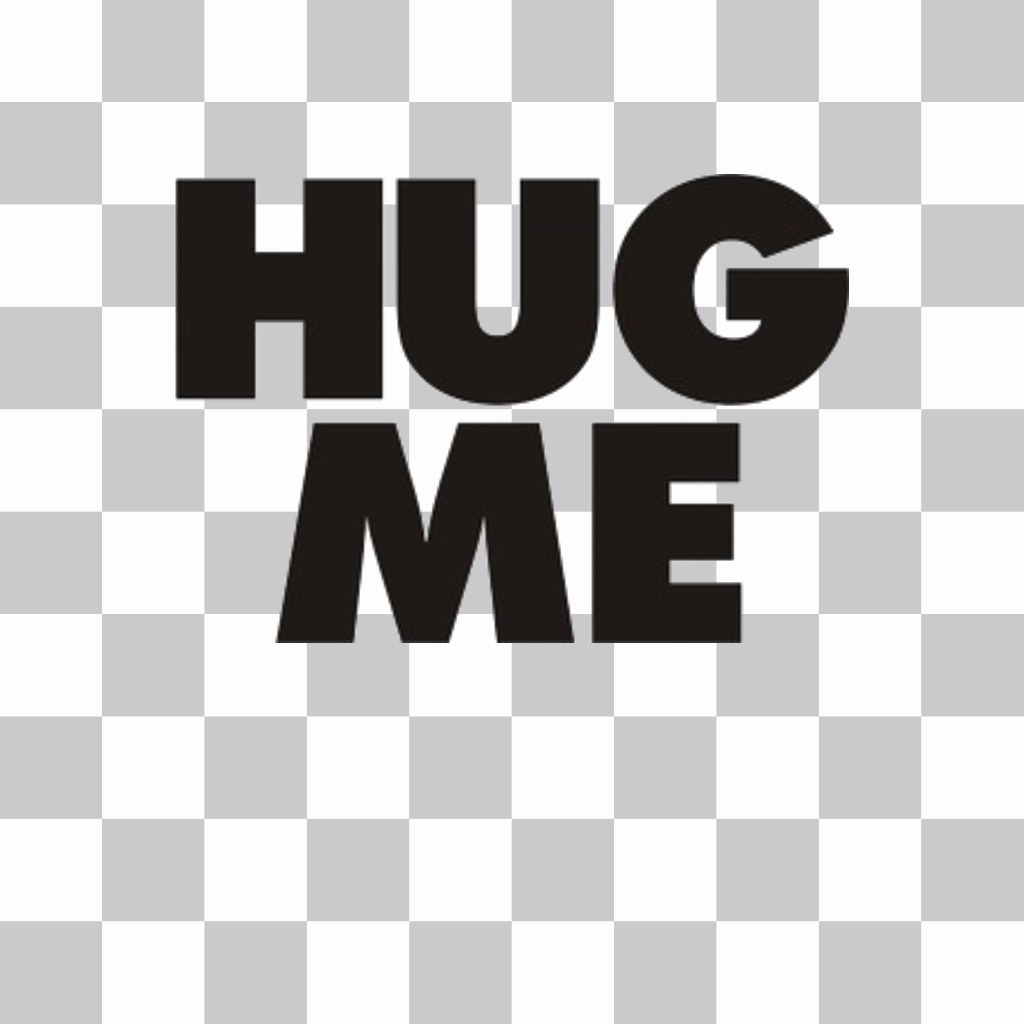
Sending hug text message symbols has many benefits. They're a simple yet effective way to show someone that you care about them. Here are some of the benefits of sending hug text message symbols:
- They show that you're thinking of someone.
- They're a quick and easy way to express your feelings.
- They can help to brighten someone's day.
- They can help to strengthen relationships.
- They can provide comfort and support to someone who is going through a tough time.
When to Use Hug Text Message Symbols
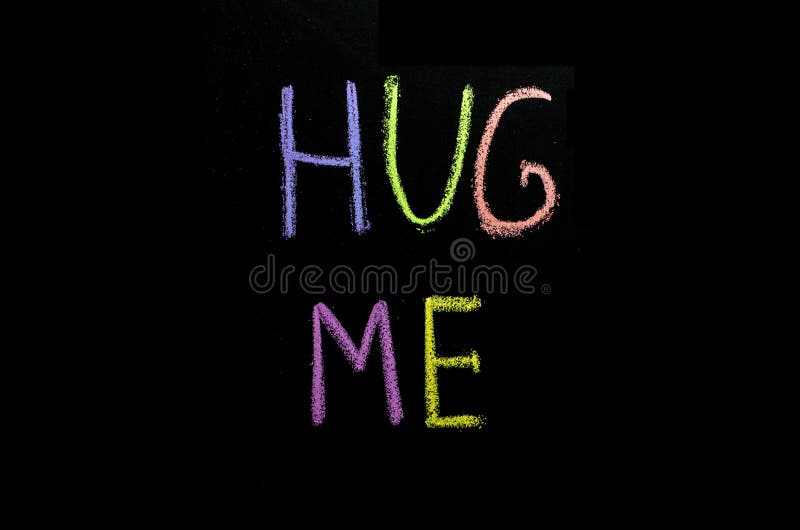
You can use hug text message symbols in a variety of situations. Here are some examples of when to use hug text message symbols:
- To express affection to a friend or loved one.
- To comfort someone who is going through a tough time.
- To show support to someone who is struggling.
- To congratulate someone on a job well done.
- To apologize for something you've done wrong.
Conclusion

Hug text message symbols are a great way to show someone that you care about them. They're simple yet effective, and can be used in a variety of situations. Whether you're expressing affection to a loved one, comforting someone who is going through a tough time, or showing support to someone who is struggling, hug text message symbols are a great way to convey your feelings.
Related video of Hug Text Message Symbols: How to Express Your Affection through Text
In 1946, Howard Hughes, a famous aviator, inventor, and movie producer, was flying his prototype plane, the Hughes XF-11, on a test flight over Los Angeles. Suddenly, the plane's engines failed, and Hughes had to make an emergency landing. He aimed for a beet field in Beverly Hills and managed to crash-land the plane without any fatalities.
The Hughes XF-11

The Hughes XF-11 was an experimental reconnaissance aircraft that Hughes designed for the U.S. Army Air Forces during World War II. The plane was a long-range, high-altitude aircraft that could fly at speeds of up to 450 miles per hour. However, the XF-11 had a troubled development process and was never put into production.
The Test Flight

On July 7, 1946, Hughes took the XF-11 on a test flight from Culver City, California. He planned to fly the plane to Lake Arrowhead and back, a distance of approximately 200 miles. However, soon after takeoff, the plane's propellers malfunctioned, causing the engines to fail. Hughes tried to restart the engines, but they wouldn't turn over.
The Emergency Landing
Hughes realized that he would have to make an emergency landing, and he looked for a suitable landing spot. He spotted a beet field in Beverly Hills and headed for it. Hughes managed to crash-land the plane in the field without any fatalities. However, he suffered significant injuries, including a crushed collarbone, several broken ribs, and third-degree burns.
The Aftermath

The crash was a significant event in Hughes' life. He suffered from chronic pain and was addicted to painkillers for the rest of his life. He also became increasingly reclusive and paranoid, leading to rumors and speculation about his mental health. The crash also damaged Hughes' reputation as an aviator and inventor, as the XF-11 was a high-profile project that had already experienced numerous setbacks.
The Legacy

Despite the setbacks, Hughes continued to innovate and make significant contributions to aviation and other industries. He founded the Hughes Aircraft Company, which developed numerous groundbreaking technologies, including the first air-to-air missile and the first satellite. Hughes also became a successful movie producer and businessman, amassing a vast fortune before his death in 1976.
Conclusion
The Howard Hughes Plane Crash Beet Field is a significant event in aviation and pop culture history. The crash was a setback for Hughes, but he continued to innovate and make significant contributions to various industries. The legacy of Hughes is a testament to his ingenuity, perseverance, and entrepreneurial spirit.
Related video of Howard Hughes Plane Crash Beet Field
Howard Hughes, the famous billionaire and aviator, designed and built many aircraft during his lifetime. One of his most notable inventions was the Hughes H-4 Hercules, also known as the "Spruce Goose." However, another one of his aircraft, the Howard Hughes Blue Goose, is lesser-known but equally fascinating.
What is the Howard Hughes Blue Goose?

The Howard Hughes Blue Goose was a flying boat that Hughes designed in the 1940s. It was a massive aircraft, weighing over 80,000 pounds and measuring 79 feet in length. The Blue Goose had a wingspan of 98 feet and was powered by four Pratt & Whitney R-1830 radial engines.
The Blue Goose was designed to be a luxurious aircraft, with a spacious interior that could accommodate up to 14 passengers. It had a range of 3,200 miles and a top speed of 225 miles per hour. The aircraft was also equipped with state-of-the-art navigation equipment for its time.
Why Was it Called the Blue Goose?

The Blue Goose was named after the logo of the Hughes Tool Company, which was a blue goose in flight. The Hughes Tool Company was founded by Howard Hughes' father, and the company's logo was a nod to the family's love of hunting.
The Blue Goose's First Flight

The Blue Goose's first flight took place on November 2, 1947, in Long Beach, California. During the flight, the aircraft was piloted by Howard Hughes himself. The flight was successful, and the Blue Goose remained in service for several years after its initial flight.
The Blue Goose's Legacy

Today, the Howard Hughes Blue Goose is no longer in service. However, one of the aircraft's fuselages is on display at the Evergreen Aviation & Space Museum in McMinnville, Oregon. The Blue Goose remains a testament to Howard Hughes' ingenuity and his passion for aviation.
Conclusion
The Howard Hughes Blue Goose may not be as well-known as some of Hughes' other aircraft, but it is no less impressive. The Blue Goose was a luxurious flying boat that pushed the boundaries of aviation technology during its time. Today, it serves as a reminder of Howard Hughes' incredible legacy in the field of aviation.
Related video of Howard Hughes Blue Goose: The Flying Boat of the Billionaire

Matches are an essential part of our daily lives. They help us light candles, stoves, and cigarettes. But have you ever wondered how they were invented? Let's take a look at the fascinating history of matches.
The Early Days

The idea of creating a device that could create a flame on demand dates back to ancient times. The Chinese were the first to invent a form of matches in the 6th century AD. They used sticks made of sulfur and wood that would ignite when rubbed against a rough surface.
However, these early matches were not very practical. They were expensive and dangerous to use, as they could easily ignite spontaneously.
The Discovery of Phosphorus

It wasn't until the discovery of phosphorus in the 17th century that the modern match was born. In 1669, German alchemist Hennig Brand discovered phosphorus while experimenting with urine.
The discovery of phosphorus led to the creation of a new type of matchstick that was safer and easier to use. These matches were made by dipping a wooden stick into a mixture of sulfur, potassium chlorate, and other chemicals.
The Birth of the Safety Match
Although the new matches were safer and more convenient to use, they were still prone to accidental fires. In 1844, a Swedish chemist named Gustaf Erik Pasch invented the safety match.
The safety match was made by using a different chemical mixture on the matchstick. Instead of using potassium chlorate, Pasch used a mixture of red phosphorus and antimony trisulfide. This meant that the match would only ignite when struck against a specially prepared surface.
The Modern Matchstick
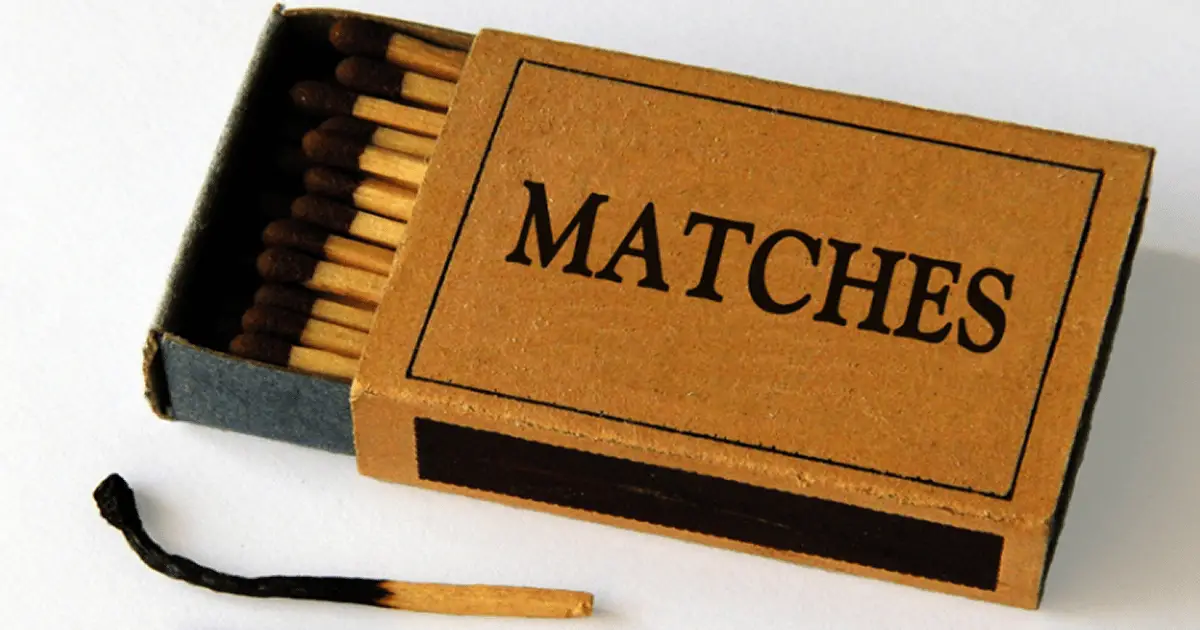
Today, the matchstick has been improved even further. Modern matchsticks are made by coating the wooden stick with a mixture of wax, paraffin, and other chemicals. This makes them more durable and waterproof.
Furthermore, the striker surface has been improved. The modern striker surface is made of a rough material that contains red phosphorus, which makes it even easier to ignite the match.
The Impact of Matches

The invention of matches has had a significant impact on our daily lives. It has made it easier for us to light fires and candles, which has had a profound effect on human history.
Matches have also been used in many different industries, including the production of fireworks and explosives. They have even been used in medical research to create small, controlled fires.
Conclusion
The invention of matches has come a long way since the days of the ancient Chinese. From dangerous sulfur sticks to modern, waterproof matchsticks, the history of matches is a fascinating one.
Today, matches continue to play an essential role in our lives. They are a reminder of how innovation and invention can change the world.
Related video of How Were Matches Invented?

When it comes to snack foods, few are as beloved and ubiquitous as the pretzel. Whether it's a soft, warm pretzel from a street vendor or a bag of crunchy pretzels from the grocery store, these tasty treats are a go-to for snackers around the world. But have you ever wondered how the pretzel came to be? Let's take a look at the history of this delicious snack.
The Origin Story

The precise history of the pretzel is somewhat murky, but most historians agree that it was likely invented in Europe in the early Middle Ages. The exact origin story is up for debate, but one popular theory is that the pretzel was invented by Christian monks in France or Italy.
Legend has it that the monks would make small strips of dough and then fold them into a shape resembling arms crossed in prayer. They would then bake the dough, creating a crunchy, salty snack that was easy to store and transport. The pretzel's distinctive shape also made it easy to identify as a Christian symbol, which helped the monks spread their message.
The Pretzel Goes Global

Over time, the pretzel spread throughout Europe, becoming a popular snack food in many countries. In Germany, the pretzel became a staple of beer gardens and Oktoberfest celebrations, and it remains a beloved food in the country to this day.
In the 18th century, German immigrants brought the pretzel with them to America, where it quickly became a popular snack food. Today, the pretzel is enjoyed around the world, with many different variations and flavors available.
The Pretzel Today

Today, the pretzel is a beloved snack food that can be found in many different forms. There are soft pretzels, hard pretzels, and everything in between. You can enjoy pretzels with cheese, mustard, or other dips, or you can eat them plain.
One thing that hasn't changed about the pretzel over the years is its distinctive shape. While there are many different theories about why the pretzel is shaped the way it is, no one knows for sure. Some say it represents arms crossed in prayer, while others believe it's meant to resemble a person with their arms crossed.
In Conclusion
While the exact origin story of the pretzel may be shrouded in mystery, there's no denying that this tasty snack has a long and fascinating history. Whether you prefer soft or hard pretzels, plain or with toppings, there's no denying that the pretzel is here to stay.